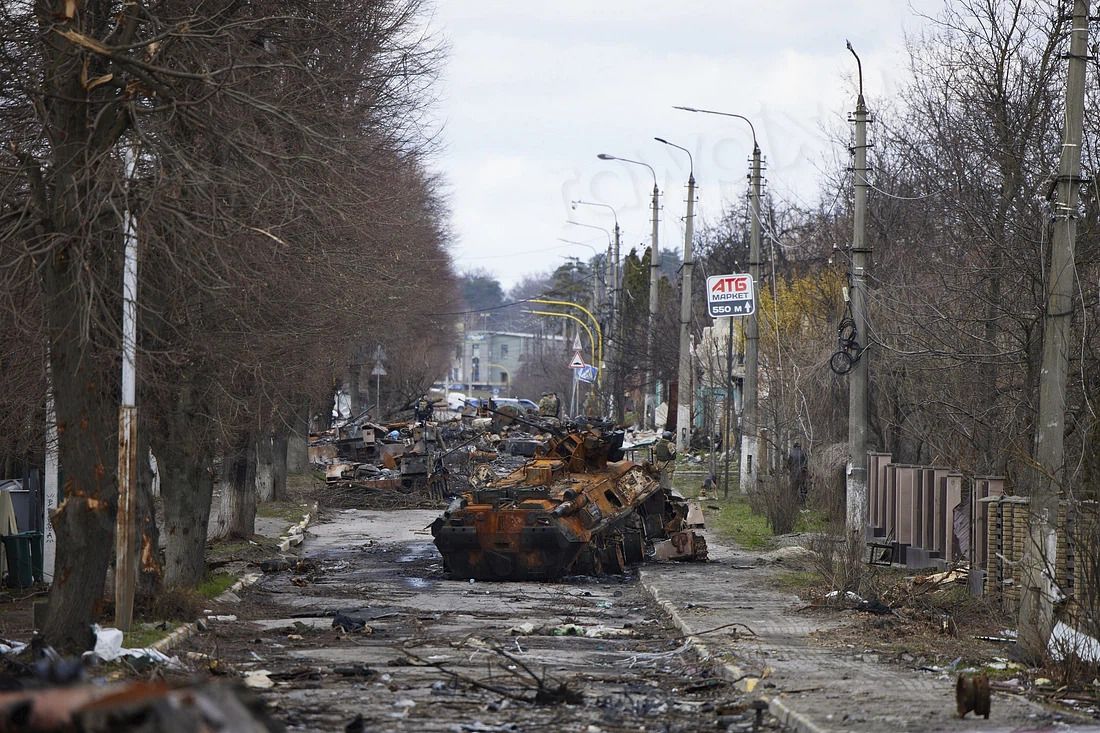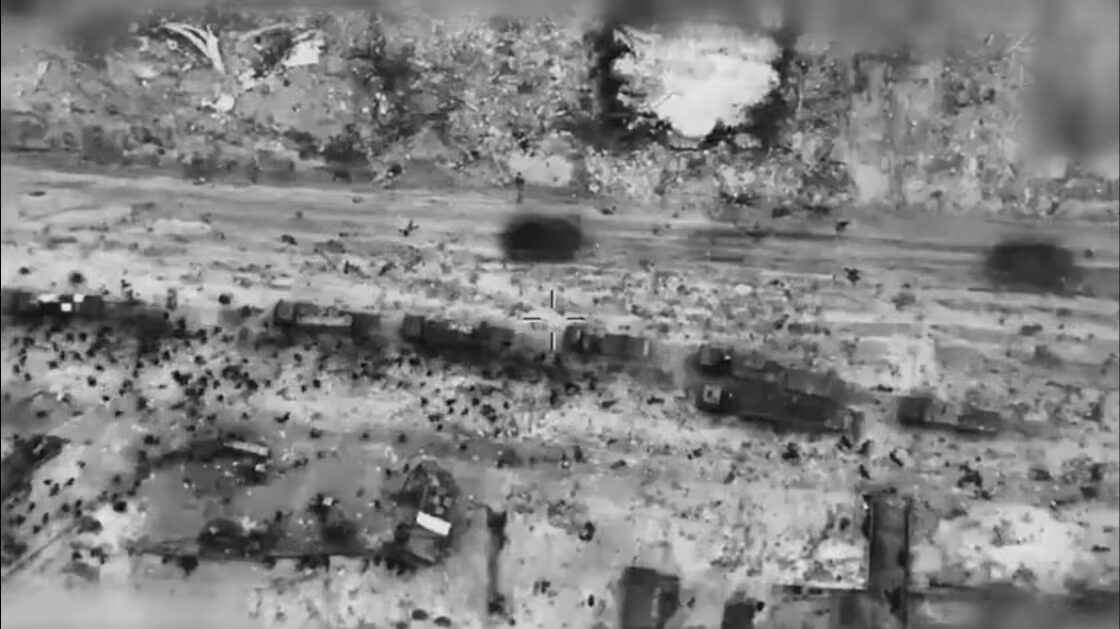PICTURED: The Chang’e-4 Lunar Lander, the first major step in Chinese space exploration, records its environment from the depths of the Von Kármán crater on the far side of the moon.
A new study which looked at the doses of measured radiation levels on the surface of the moon found that it’s possible for astronauts to explore the lunar surface for long periods of time without exceeding NASA’s legal obligation to keep their astronauts from experiencing radiation exposure greater than 3%.
This is down to long-term record keeping by the Chinese Chang’e-4 lunar lander sitting in the Von Kármán crater on the far side of the moon that demonstrated radiation levels on the surface are about 200 times greater than on Earth, levels which could be reduced significantly if explorers habitated insulated structures.
200 times may seem like a lot, but as Robert Wimmer-Schweingruber of the University of Kiel, who helped publish the study based on the Chang’e-4 data told Science, it’s really only 5-10 times more than the radiation which passengers aboard a flight from Frankfurt to New York would experience, and only about 2.6 times the amount felt in the confines of the International Space Station.
This would mean that astronauts could remain for research and work on the surface of the moon for 6 months before needing to return.
Constantly bombarded by galactic cosmic rays and occasionally wracked by powerful solar flares, the surface of the moon lacks a magnetic field to protect it from radioactive space weather conditions like earth or jupiter.
The dangers of radioactivity in the space weather systems stem primarily from neutrons, helium, and heavy nuclei, which can penetrate the skin and cause cancer, cataracts, degenerative diseases, DNA damage and more. It’s for similar reasons we need antioxidants in our foods — to counter the effects of free radicals in our mitochondria — that a person must protect themselves from radiation, as the particles disrupt existing atoms by changing their counts of electrons and more.
Normally confined in the process of metabolic respiration, free radicals in the form of radiation don’t need to pass exclusively through mitochondria, and can instead penetrate our skin and enter all manner of cells directly.
“Settlements on the moon will provide additional shielding because they will be buried beneath layers of lunar regolith,” write the authors of the study, who further calculated that within such bases could be constructed a kind of shelter, shielded by water, that would absorb the effects of solar storms from solar flares or coronal mass ejections.
It’s possible to detect the brewing of such violent expulsions of energy ahead of time thanks to batteries of detecting satellites, and could warn the astronauts that dangerous conditions are arriving, giving them enough time to enter the underground, underwater bunker.
As Adam Mann writing for Science points out the data could become very valuable in the near future as humans look to increase their space-fairing frequency.
“NASA’s Artemis program intending to land crews for long-term stays by 2024 and the China National Space Administration [are] eying human missions sometime in the 2030s”.
Furthermore, companies like SpaceX are already beginning to develop methods for going from the moon and back, as well as to mars, both of which are expeditions that could benefit from knowledge on how to construct surface bases to protect from radiation, and how much radiation they would experience.


